TC-ER cables have significant potential in wind energy systems. These cables, which are designed to withstand harsh environments and provide reliable power transmission, offer several advantages.
Firstly, TC-ER cables have excellent resistance to temperature extremes, moisture, and UV radiation. This makes them well-suited for the demanding conditions found in wind turbine installations, where exposure to wind, rain, and sunlight is common. Their durability ensures long-lasting performance and reduces the risk of power outages due to cable failures.
Secondly, TC-ER cables have a compact and lightweight design. This feature is particularly valuable in wind energy systems, where space is often limited, especially in offshore installations. The compact size of these cables allows for easier installation and routing, leading to cost and time savings during the construction phase.
Furthermore, TC-ER cables are known for their flexibility and ease of installation. They can be bent and maneuvered without sacrificing their electrical performance. This flexibility simplifies the cable installation process, especially in complex wind turbine structures or when routing cables through tight spaces.
In addition to their physical characteristics, TC-ER cables meet industry standards for electrical performance and safety. They have been specifically engineered to handle the high voltages and currents associated with wind energy systems, ensuring efficient power transmission while minimizing the risk of electrical faults.
Overall, TC-ER cables offer a reliable and efficient solution for power transmission in wind energy systems. Their durability, compactness, flexibility, and electrical performance make them a valuable choice for wind turbine installations, both onshore and offshore. By utilizing TC-ER cables, wind energy projects can enhance their operational efficiency and contribute to the growth of renewable energy.

 ENGLISH
ENGLISH 简体中文
简体中文 GERMAN
GERMAN SPAIN
SPAIN
 +86 181-5747-1135
+86 181-5747-1135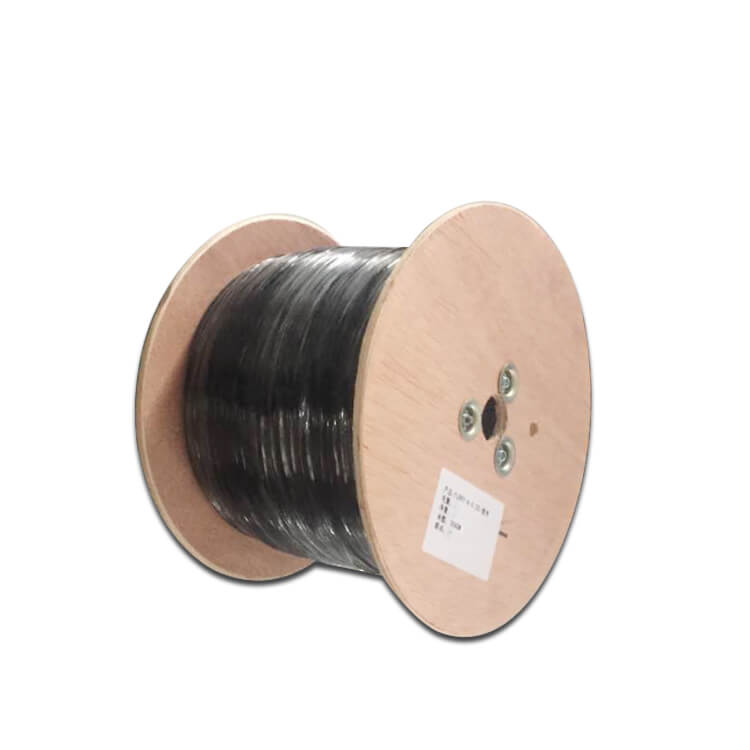
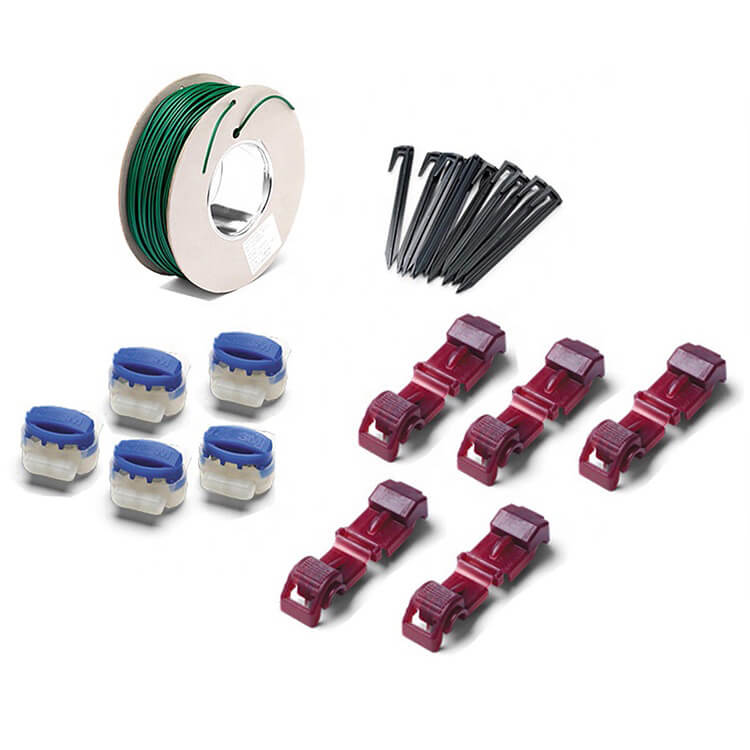
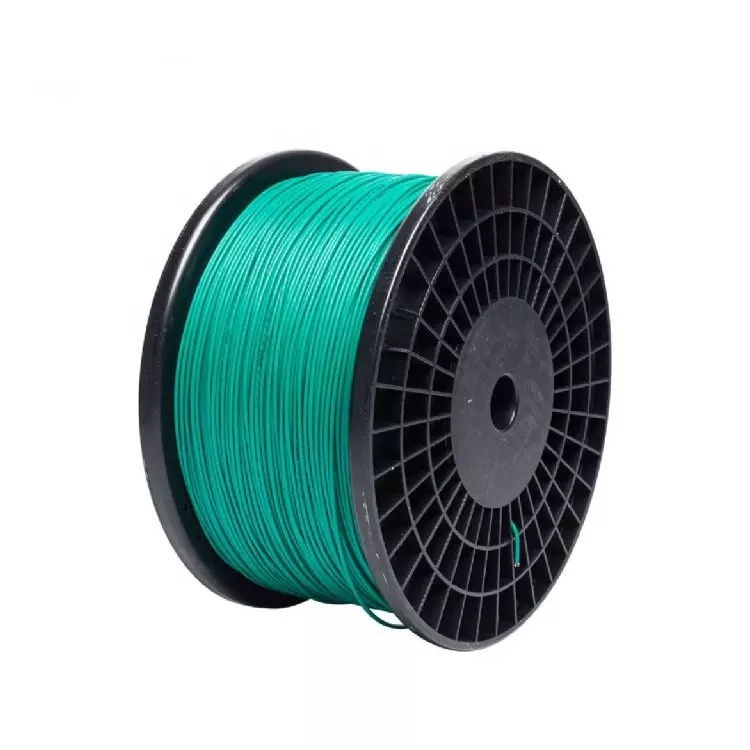
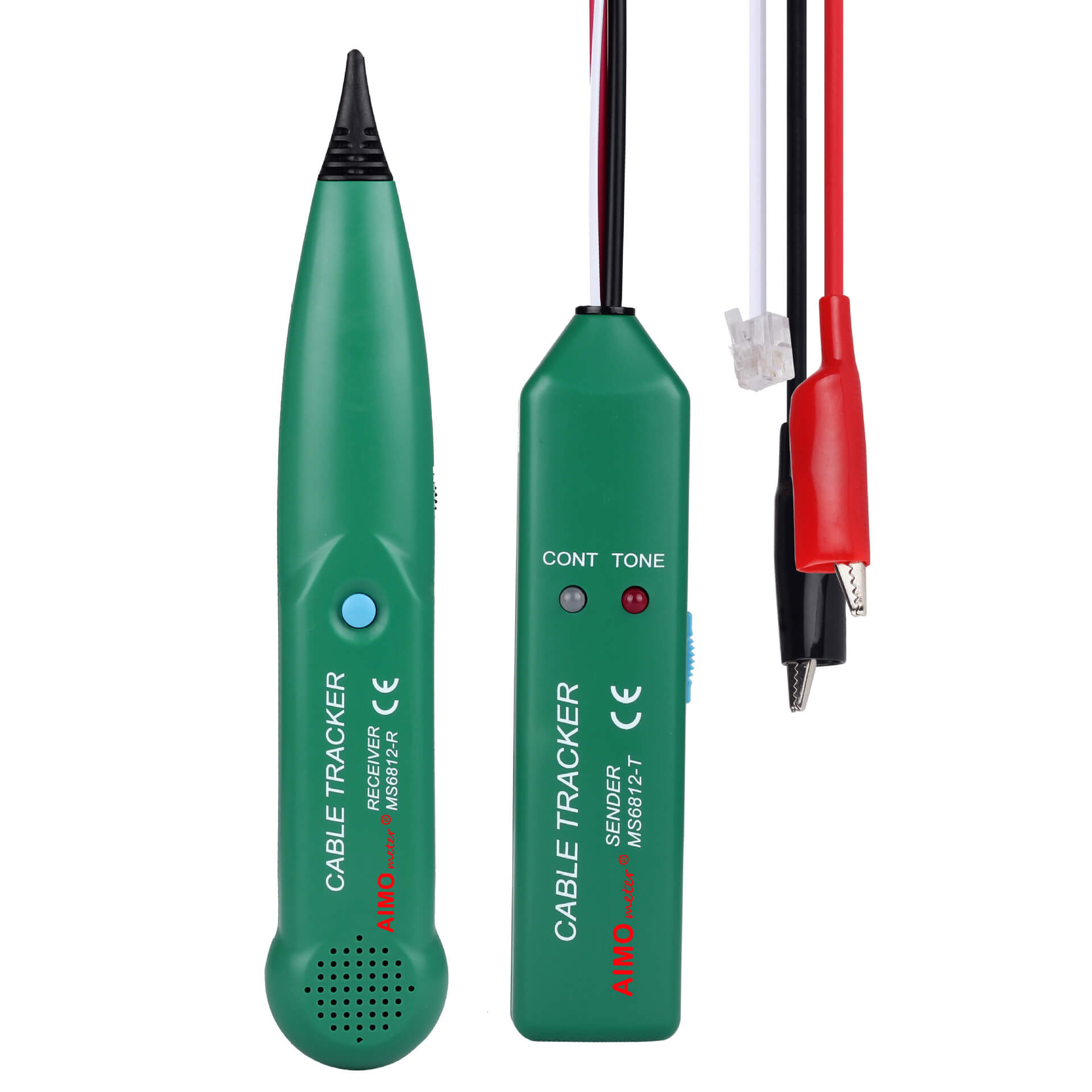


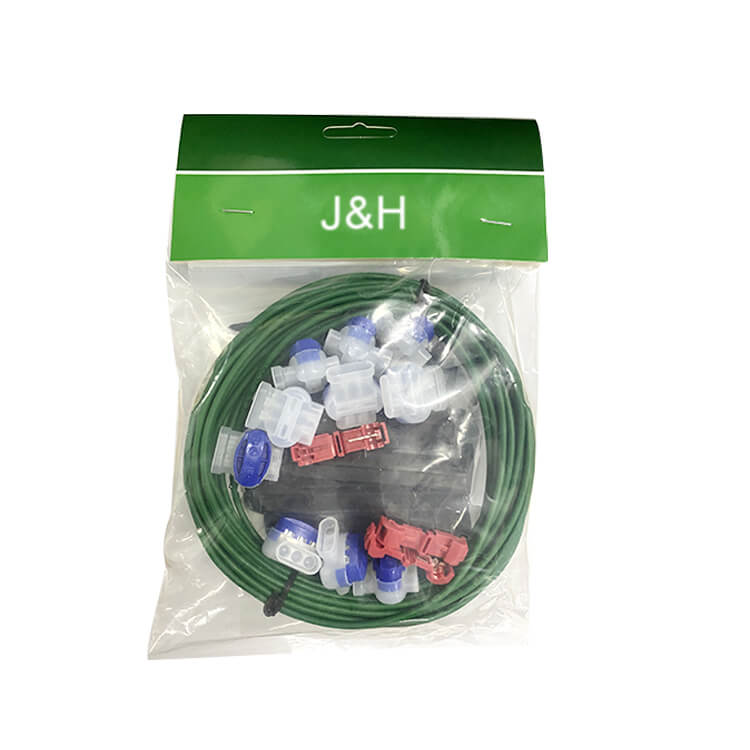
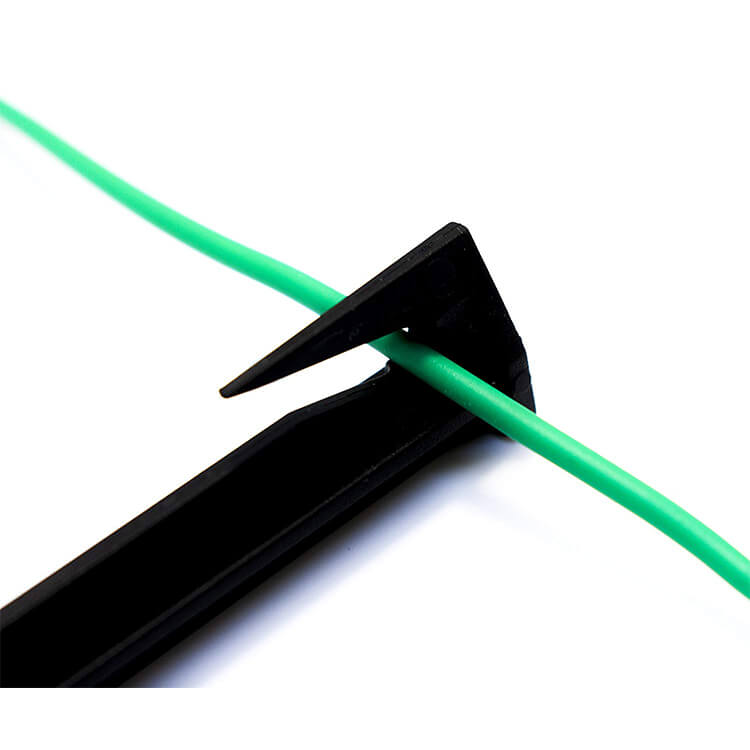
 Abroad:+86 181 5747 1135
Abroad:+86 181 5747 1135 FAX: +86 574 8900 7636
FAX: +86 574 8900 7636 E-mail:
E-mail: 

 read the map
read the map

